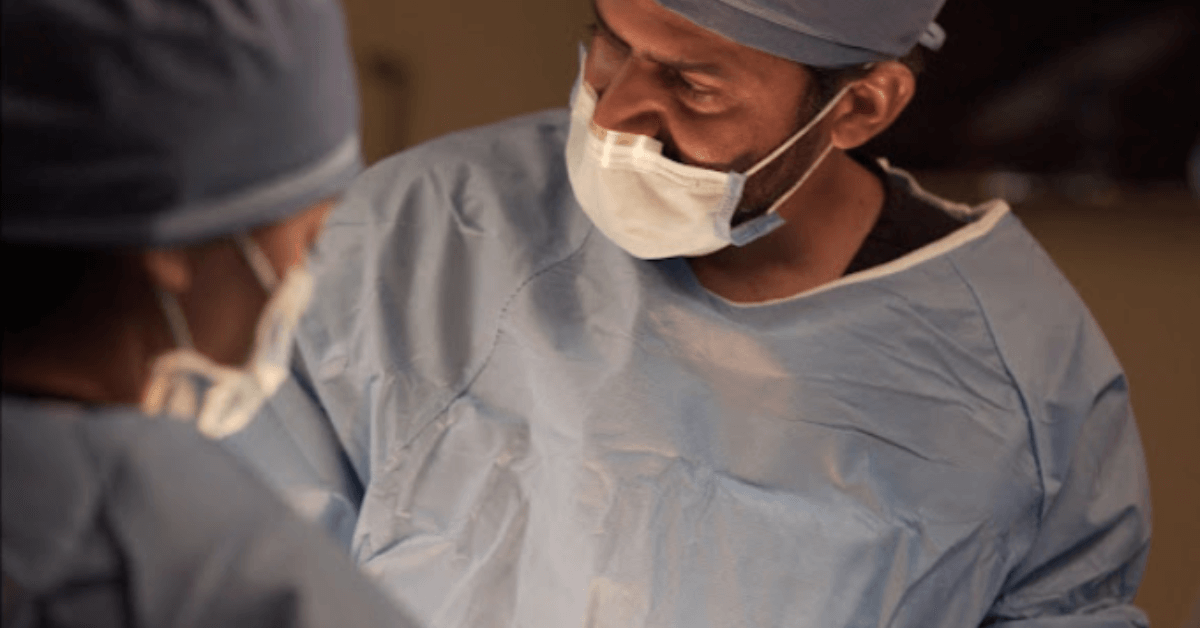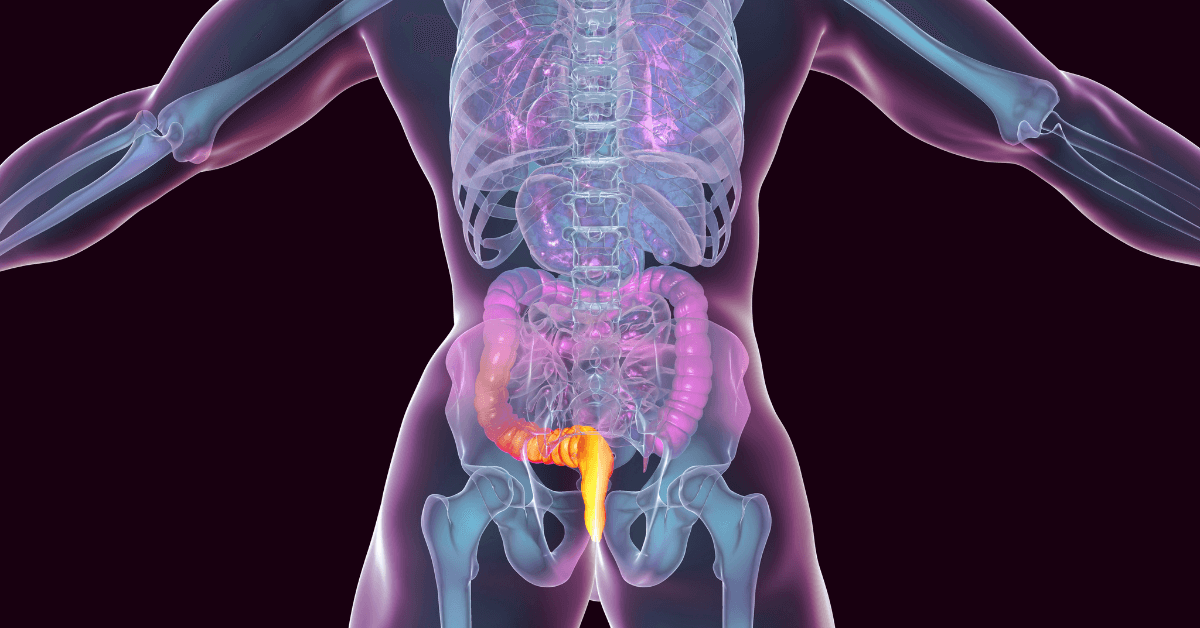Pilonidal cysts are a common and often uncomfortable condition that many people face. If you’ve been diagnosed with a pilonidal cyst or suspect that you may have one, you might be wondering: do pilonidal cysts heal on their own? While it’s a valid concern, the answer depends on various factors, including the severity of the cyst and whether it’s infected. In this blog, we’ll explore what pilonidal cysts are, how they develop, and whether they can heal independently or require medical intervention.
By the end of this article, you’ll have a clearer understanding of pilonidal cysts and the treatment options available to you.
1. What is a Pilonidal Cyst?
A pilonidal cyst is a fluid-filled sac that forms at the base of the spine, near the top of the cleft of the buttocks. These cysts typically develop when hair follicles become clogged with hair, dirt, and oil. When this material gets trapped beneath the skin, it can lead to the formation of a cyst.
Pilonidal comes from the Latin words pilo, meaning hair, and nidus, meaning nest, which together describe the location of these cysts.
In many cases, pilonidal cysts are asymptomatic, causing little to no pain. However, in some instances, they can become infected, inflamed, and painful. When this happens, treatment is often necessary.
2. Do Pilonidal Cysts Heal on Their Own?
The short answer is: it depends.
In some cases, a pilonidal cyst can heal on its own without any medical intervention. However, this isn’t always the case. Many pilonidal cysts, especially those that become infected or inflamed, require treatment to prevent further complications. Here’s a breakdown of the scenarios:
2.1 When Pilonidal Cysts Heal on Their Own
In the early stages, when the cyst is small and not infected, it may resolve on its own. If the cyst is not causing pain or discomfort, it’s possible for the body to naturally expel the contents over time, leading to the cyst draining and healing.
Additionally, some people experience cysts that come and go. They may have a cyst form, but it might not cause significant issues, and it could disappear on its own. However, this doesn’t mean that the cyst is gone forever, as it can return or reoccur later.
2.2 When Pilonidal Cysts Do Not Heal on Their Own
In many cases, pilonidal cysts become infected. When this happens, they can cause swelling, redness, and pain. Infected cysts typically do not heal on their own and may require drainage or surgical intervention. If left untreated, infected pilonidal cysts can lead to abscesses, which are pus-filled pockets that may require more extensive medical treatment, including antibiotics or surgery.
When a cyst is large, painful, or recurrent, it often requires medical intervention. A healthcare provider may need to drain the cyst, remove the hair inside, or perform a surgical procedure to prevent the cyst from coming back.
3. Causes of Pilonidal Cysts
Understanding the causes of pilonidal cysts can help you understand why some people may experience them, while others don’t. Several factors contribute to the development of pilonidal cysts:

3.1 Ingrown Hairs
The most common cause of pilonidal cysts is the growth of hair into the skin, causing inflammation. When hair follicles become blocked, they can form a cyst.
3.2 Prolonged Sitting
People who sit for long periods of time are more likely to develop pilonidal cysts. This is particularly true for individuals who spend many hours sitting on hard surfaces. Prolonged sitting can put pressure on the area and increase the risk of cyst formation.
3.3 Poor Hygiene
Inadequate cleaning of the area can lead to the accumulation of dirt and oils, which can clog hair follicles and cause cysts. This is especially true if the area around the tailbone is not kept clean and dry.
3.4 Genetics
Some people may be more prone to pilonidal cysts due to genetic factors. A family history of pilonidal cysts can increase the likelihood of developing them.
3.5 Obesity
Obesity increases the likelihood of developing pilonidal cysts, as excess body weight can put additional pressure on the lower back area.
4. Symptoms of Pilonidal Cysts
It’s important to recognize the symptoms of pilonidal cysts, especially if you’re wondering whether one will heal on its own. Common signs and symptoms of a pilonidal cyst include:
- Pain and tenderness: A pilonidal cyst can cause pain, especially when sitting or standing for extended periods.
- Redness and swelling: Infected cysts may appear red and swollen.
- Drainage: Pus or blood may drain from the cyst, particularly if it’s infected.
- Abscess formation: In some cases, a large, painful abscess may form around the cyst.
If you experience any of these symptoms, it’s important to seek medical attention to prevent further complications.
5. Treatment Options for Pilonidal Cysts
If a pilonidal cyst doesn’t heal on its own or becomes infected, medical treatment is necessary. Here are some of the most common treatment options:
5.1 Conservative Treatment
For mild cases that don’t involve infection, your doctor may recommend conservative treatments, such as:
- Warm compresses: Applying a warm compress to the affected area can help reduce pain and encourage the cyst to drain.
- Good hygiene: Keeping the area clean and dry can prevent infections and promote healing.
- Pain relievers: Over-the-counter pain relievers, such as ibuprofen or acetaminophen, can help reduce pain and inflammation.
5.2 Drainage
If the cyst becomes infected and forms an abscess, a doctor may need to drain the cyst to remove the pus and reduce inflammation. This procedure is usually done under local anesthesia.
5.3 SiLaC® (Sinus Laser-Assisted Closure)
An innovative treatment option for pilonidal cysts is SiLaC® (Sinus Laser-Assisted Closure), a minimally invasive laser procedure. During this treatment, a laser is used to close the sinus tract (the pathway that the cyst follows), effectively sealing the cyst and reducing the risk of recurrence. SiLaC® offers several benefits:
- Minimally invasive: The procedure involves only a small incision and a laser, meaning less damage to surrounding tissue compared to traditional surgery.
- Faster recovery: Patients typically experience a quicker recovery time and less discomfort after the procedure compared to traditional surgery.
- Reduced recurrence risk: SiLaC® is particularly effective in preventing cysts from coming back, which is a significant advantage over some other treatments.
SiLaC® is a highly effective option for patients who want to avoid more invasive surgical procedures. It’s important to consult with a healthcare provider to determine if this treatment is suitable for you.
5.4 Surgical Removal
For recurring or severe pilonidal cysts, surgery may be necessary. Surgical options include:
- Incision and drainage: In some cases, the cyst is drained and the wound is left open to heal from the inside out.
- Excision: In more severe cases, the cyst and surrounding tissue may need to be removed completely.
Surgical treatment offers the best chance of preventing the cyst from returning.
6. How to Prevent Pilonidal Cysts
While it’s not always possible to prevent pilonidal cysts, there are several steps you can take to reduce your risk:
6.1 Maintain Good Hygiene
Regularly cleaning the area around your tailbone can prevent hair follicles from becoming clogged and reduce your risk of developing a cyst.
6.2 Avoid Prolonged Sitting
If you sit for long periods of time, take breaks to stand and move around. This helps to relieve pressure on the tailbone area and can prevent cyst formation.
6.3 Trim Excess Hair
Trimming the hair around the tailbone area can reduce the likelihood of ingrown hairs, which are a common cause of pilonidal cysts.
6.4 Lose Excess Weight
Maintaining a healthy weight can help reduce the pressure on the lower back and prevent pilonidal cysts from forming.
7. When to Seek Medical Help
If you suspect you have a pilonidal cyst or are experiencing symptoms such as pain, redness, swelling, or drainage, it’s important to seek medical attention. Early intervention can help prevent complications and improve the chances of healing without the need for surgery.
If your cyst doesn’t heal on its own or becomes infected, it’s essential to consult with a healthcare provider who can recommend the appropriate treatment.
8. Conclusion: Do Pilonidal Cysts Heal on Their Own?
So, do pilonidal cysts heal on their own? In some cases, pilonidal cysts may resolve without treatment, especially when they are small and not infected. However, if the cyst becomes infected or causes significant pain, it’s unlikely to heal on its own and will require medical treatment. The best way to manage and prevent pilonidal cysts is through good hygiene, regular check-ups, and timely intervention when symptoms arise.
If you’re experiencing symptoms or have concerns about a pilonidal cyst, don’t hesitate to schedule a consultation for proper evaluation and treatment.
By staying proactive and seeking the right treatment, you can ensure the best possible outcome and reduce the risk of recurrence.



